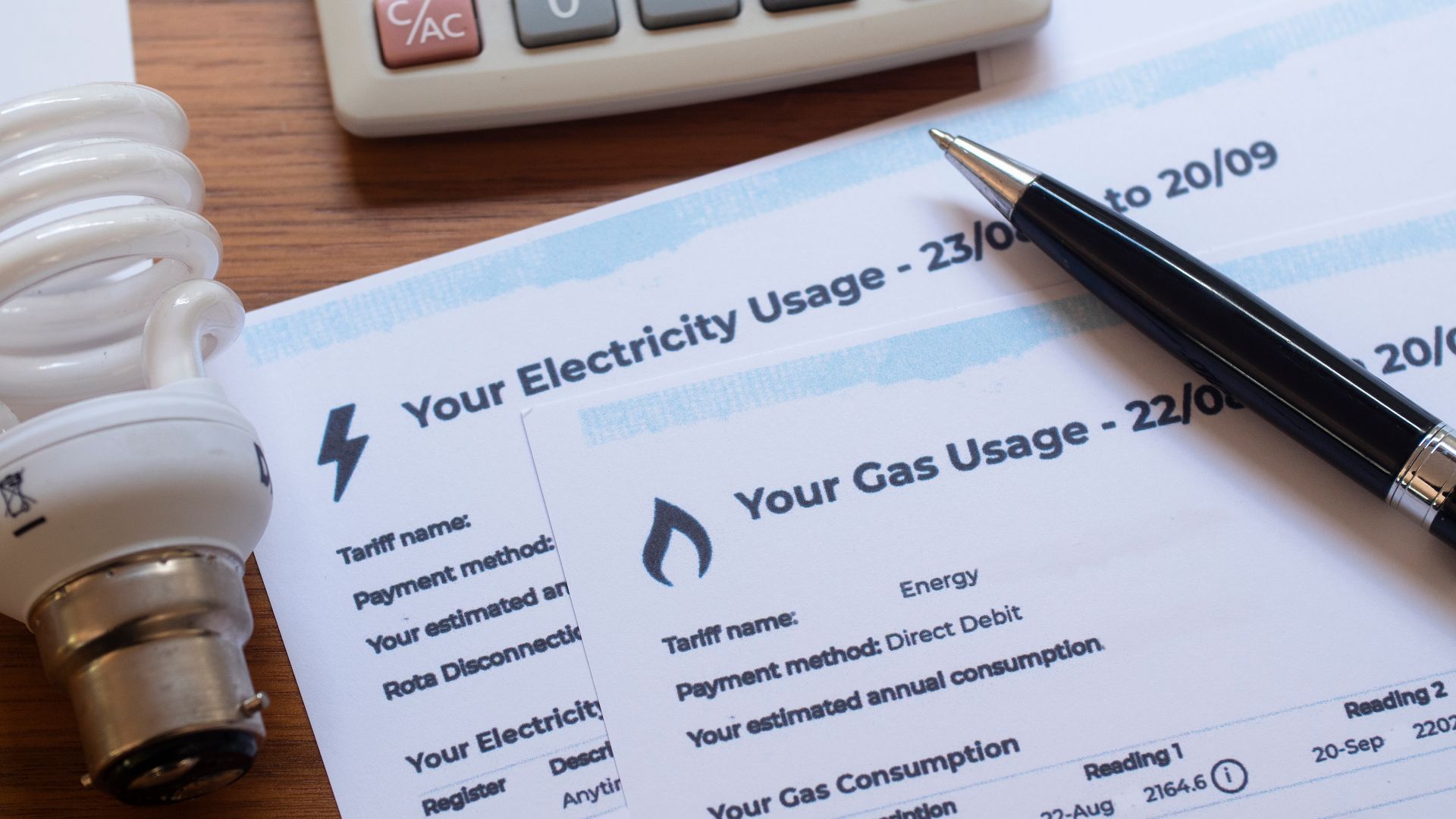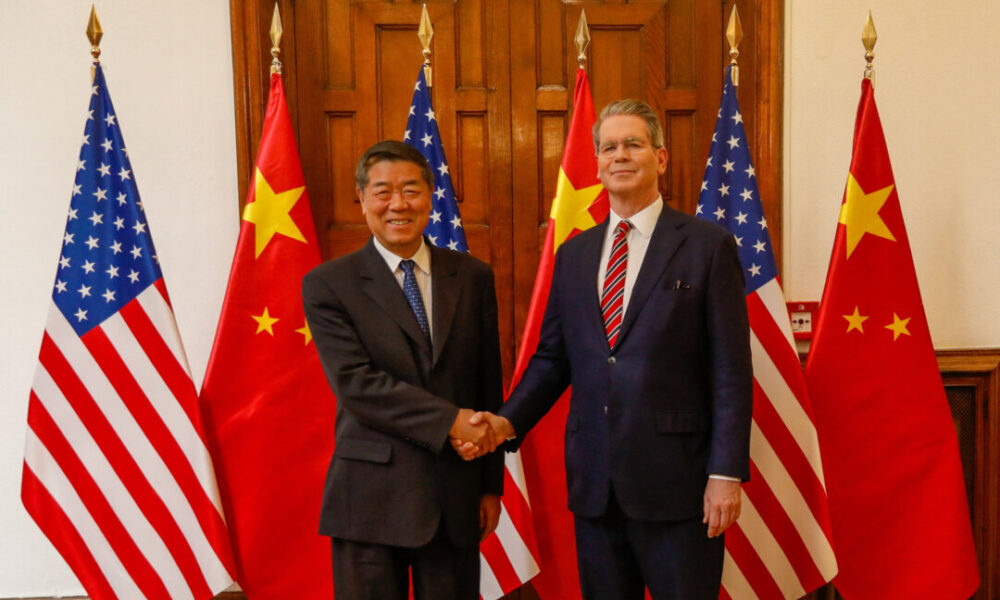The Producer Price Index (PPI) in Australia increased by **1.0%** for the third quarter of **2023**, up from a prior increase of **0.2%**. On an annual basis, the PPI rose by **3.5%**, slightly higher than the previous year’s increase of **3.4%**. This data, released by the **Australian Bureau of Statistics**, indicates a notable upward trend in production costs.
As inflation pressures persist, the latest PPI figures suggest that the **Reserve Bank of Australia** (RBA) may hold off on interest rate cuts for the foreseeable future. The RBA has been closely monitoring inflation rates and economic indicators to determine the appropriate monetary policy path. The recent rise in the PPI reflects ongoing challenges in controlling inflation, which is a central concern for policymakers.
Understanding the Implications of Rising PPI
The increase in the PPI is significant for various sectors of the economy. Businesses often face higher costs for raw materials and production, which can lead to increased prices for consumers. This potential ripple effect raises questions about consumer spending and overall economic growth in Australia.
In light of these developments, analysts are considering the impact on the RBA’s future decisions regarding interest rates. The bank has maintained a cautious approach, and the latest figures reinforce the notion that any rate cuts may not be imminent. The RBA’s focus remains on stabilizing inflation while fostering economic recovery.
The PPI data also provides insight into specific industries that may be experiencing heightened cost pressures. Increases in manufacturing and service sector prices can influence broader economic trends. As businesses adapt to these changes, consumers may notice fluctuations in prices across various goods and services.
Looking Ahead: Economic Outlook
The economic landscape in Australia remains complex, with multiple factors influencing pricing and inflation. The RBA’s next steps will be critical as it navigates these challenges. Policymakers will need to balance the need for economic stimulus against the risks of rising inflation, which could complicate recovery efforts.
In summary, the recent PPI increase highlights the ongoing pressures facing the Australian economy. As the RBA assesses these developments, businesses and consumers alike will be watching closely for indications of future monetary policy actions. The interplay between production costs and consumer prices will play a pivotal role in shaping Australia’s economic trajectory in the coming months.






